
Elia Kahvedjian
Kahvedjian’s documentary photography taken during the British Mandate period is undoubtedly an important visual representation of Palestine before 1948. From the portrait studios he worked for to the ones that he established, Kahvedjian periodically ventured out of the studio to capture images of Palestine and its inhabitants. Today, these images are regarded as a treasure trove of a lost but not forgotten homeland.
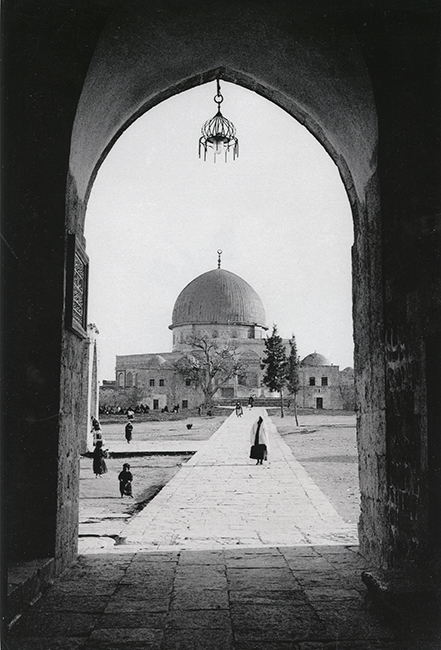 Dome of the Rock, Jerusalem, 1932
Dome of the Rock, Jerusalem, 1932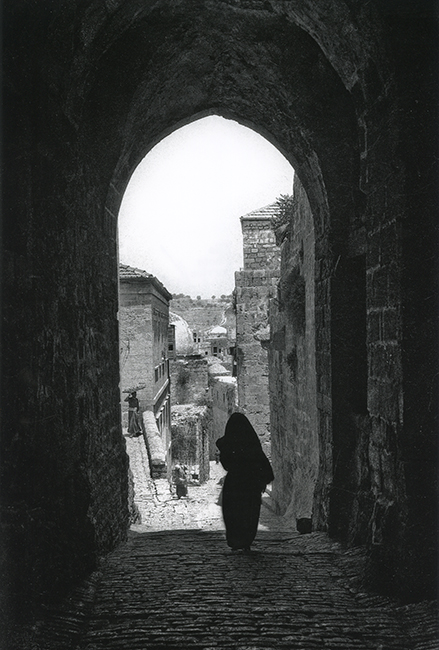 Jerusalem, the Old City, 1936
Jerusalem, the Old City, 1936 Via Dolorosa, Jerusalem, 1936
Via Dolorosa, Jerusalem, 1936 The Christian Quarter, Jerusalem, 1935
The Christian Quarter, Jerusalem, 1935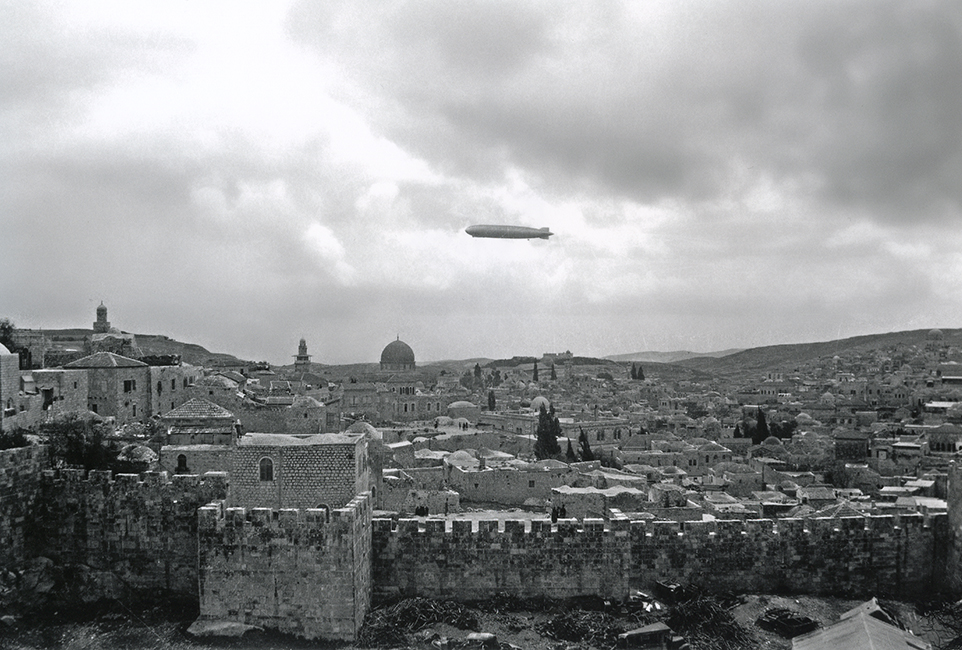 The Graf Zeppelin over the old city of Jerusalem, 1931
The Graf Zeppelin over the old city of Jerusalem, 1931 The Jewish Quarter, Jerusalem, 1935
The Jewish Quarter, Jerusalem, 1935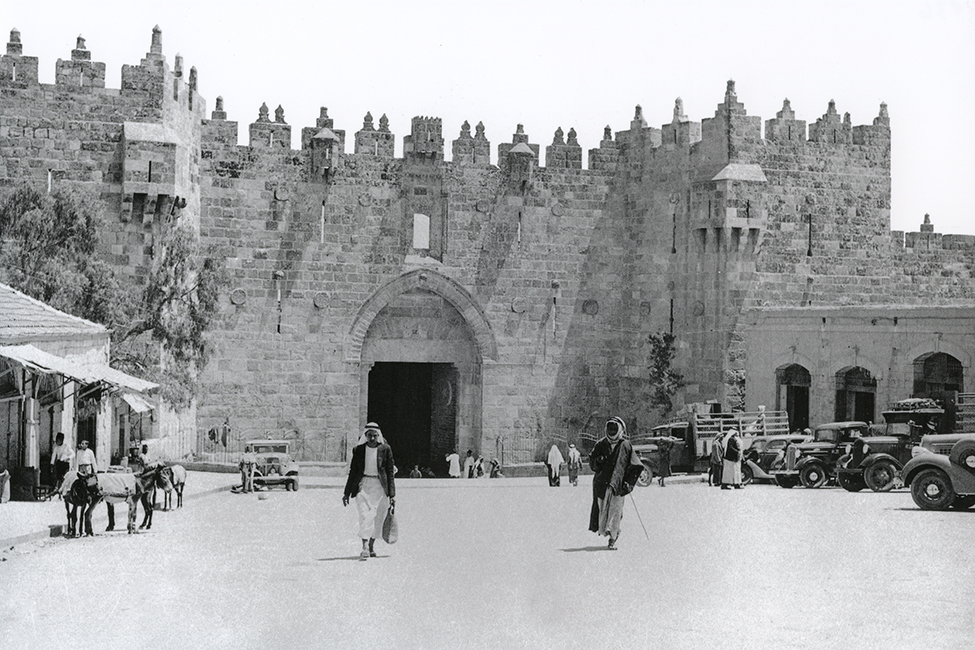 Damascus Gate, Jerusalem, 1935
Damascus Gate, Jerusalem, 1935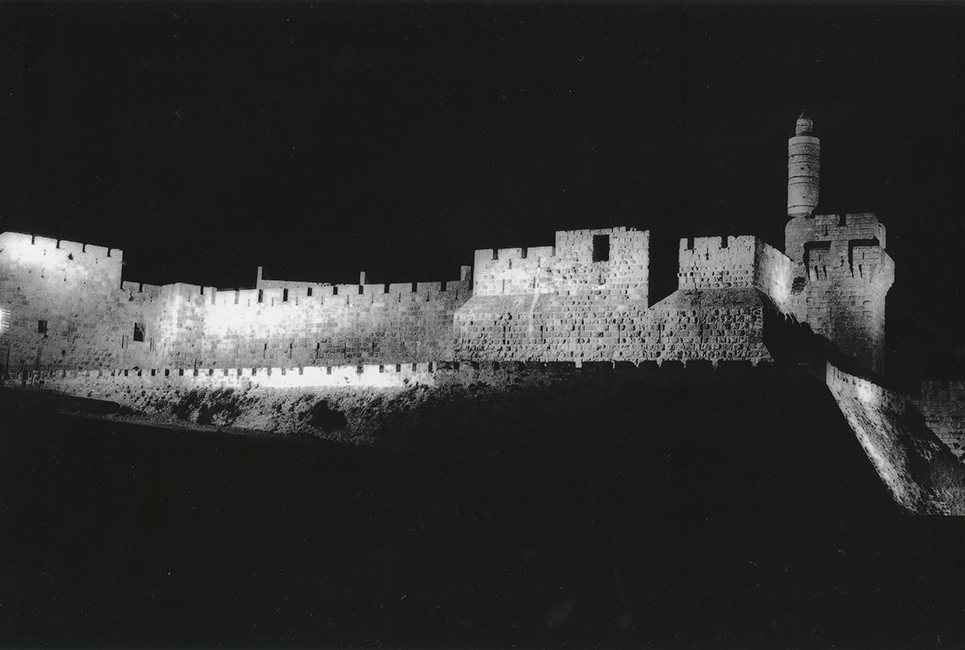 The Citadel, Jerusalem, 1936
The Citadel, Jerusalem, 1936 Bedouin girl by a fountain, Jerusalem, 1930
Bedouin girl by a fountain, Jerusalem, 1930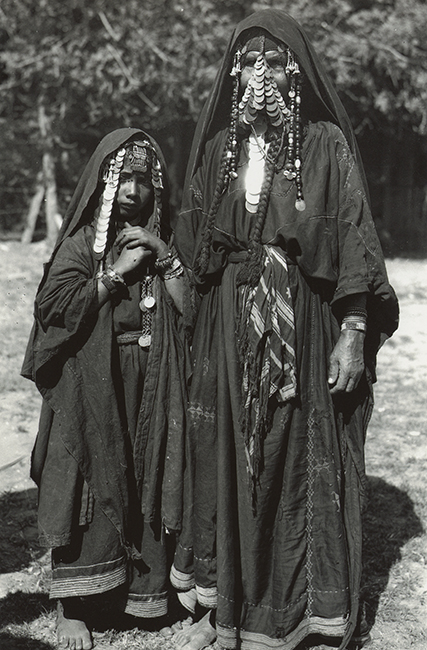 Palestinian mother and daughter, 1930
Palestinian mother and daughter, 1930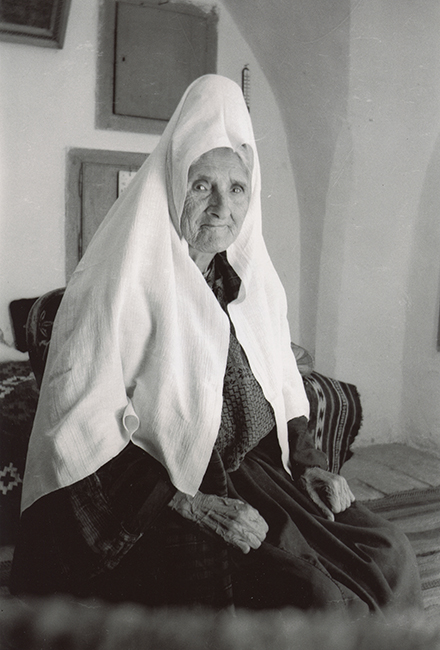 Palestinian woman from Bethlehem, 1955
Palestinian woman from Bethlehem, 1955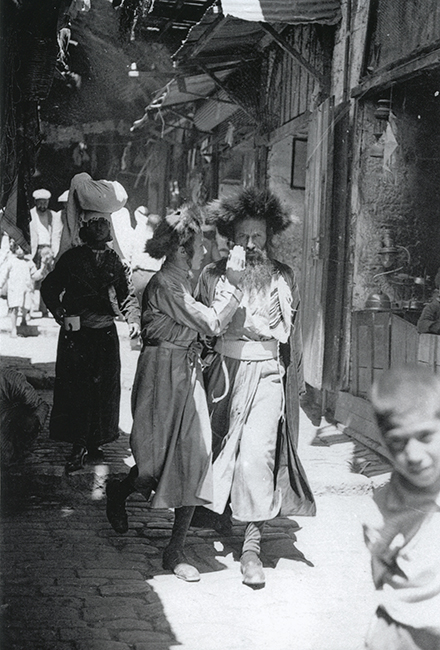 Jews on Khan El Ze'it Street, 1936
Jews on Khan El Ze'it Street, 1936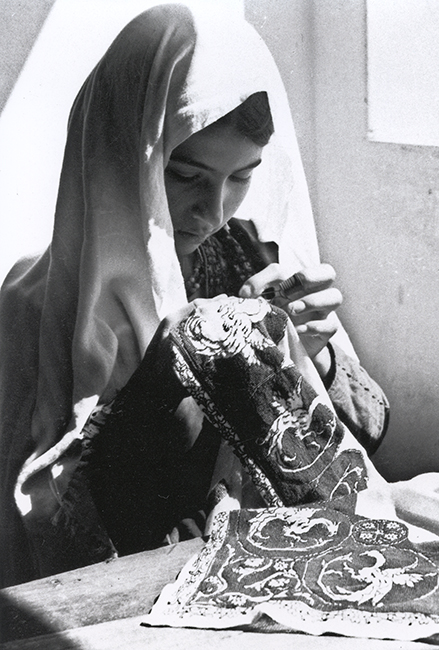 Palestinian girl making embroidery, 1939
Palestinian girl making embroidery, 1939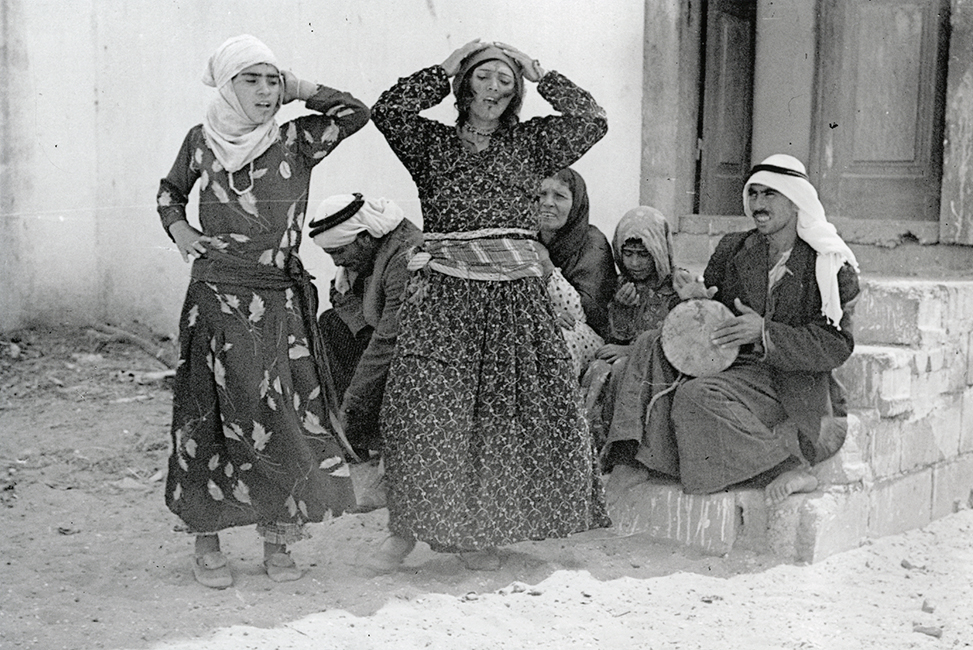 Dancing with gypsies, 1927
Dancing with gypsies, 1927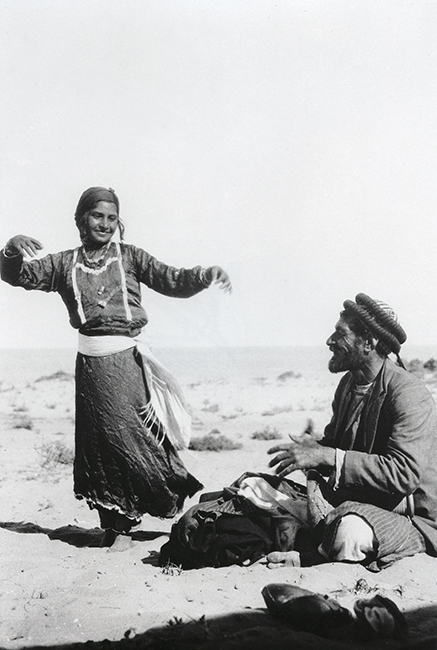 Dancing gypsy, 1935
Dancing gypsy, 1935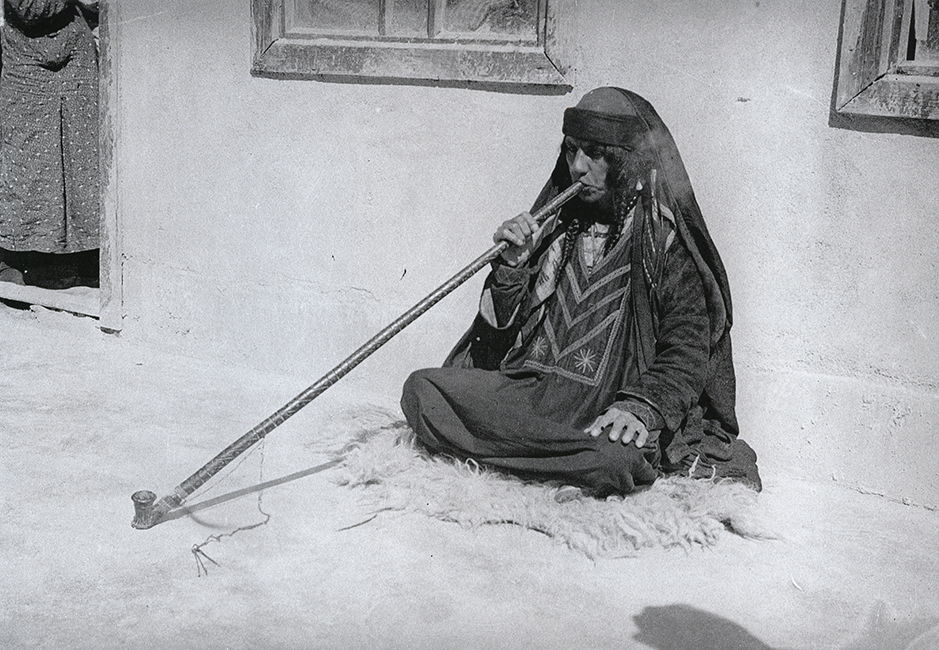 Palestinian woman smoking a pipe, 1935
Palestinian woman smoking a pipe, 1935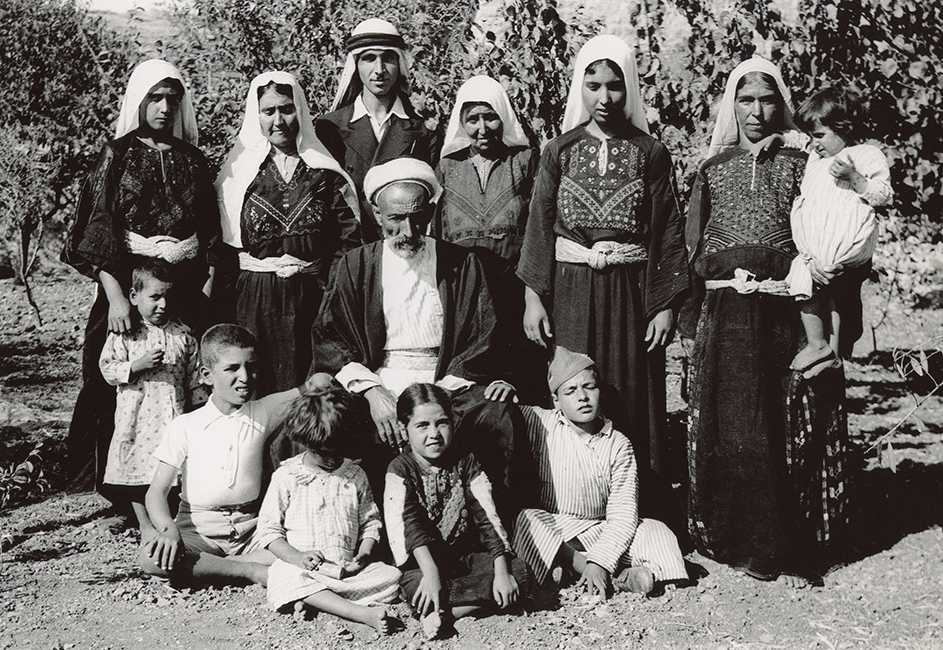 Palestinian family from Jaffa, 1939
Palestinian family from Jaffa, 1939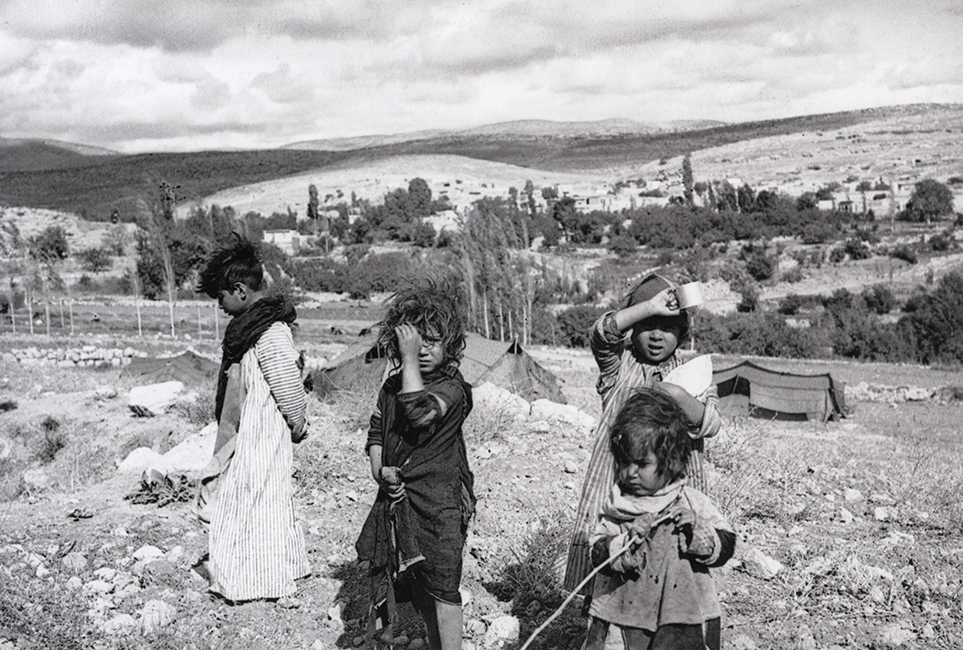 Bedouin children, 1931
Bedouin children, 1931 Eating Hummos, 1935
Eating Hummos, 1935 First Station of the Cross, 1952
First Station of the Cross, 1952 Eighth Station of the Cross, 1952
Eighth Station of the Cross, 1952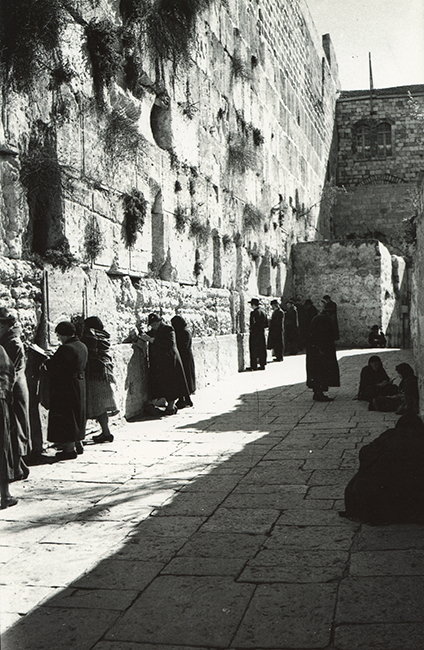 Western Wall, 1935
Western Wall, 1935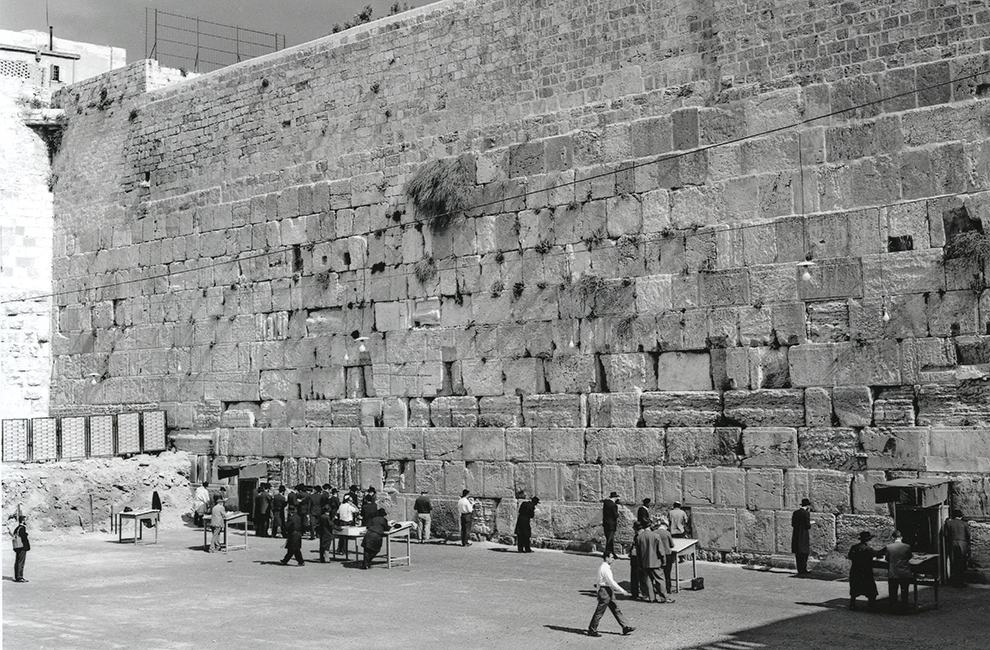 Western Wall, 1971
Western Wall, 1971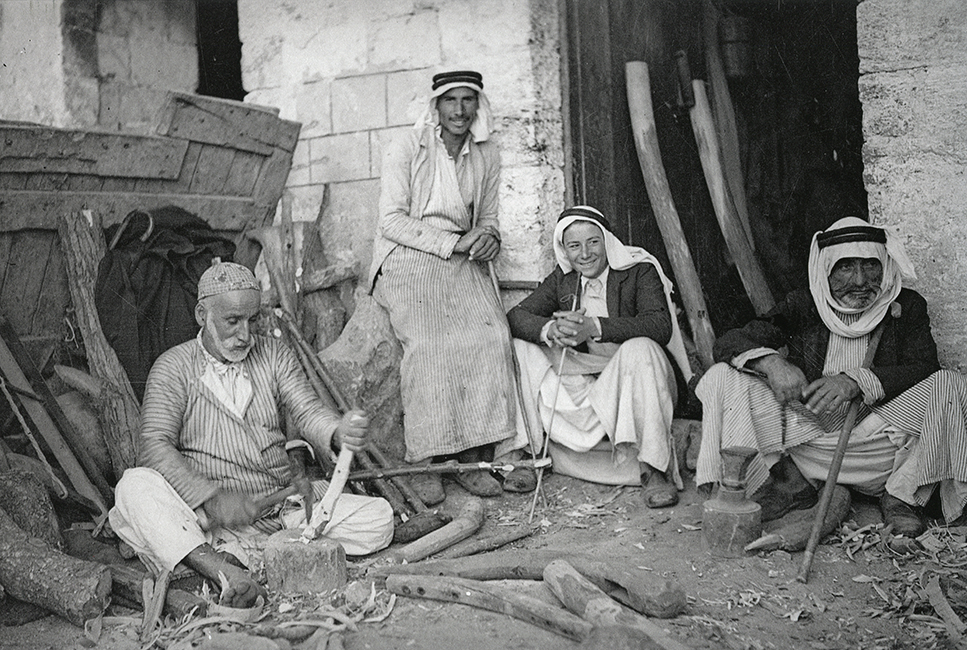 The Palestinian carpenter, 1936
The Palestinian carpenter, 1936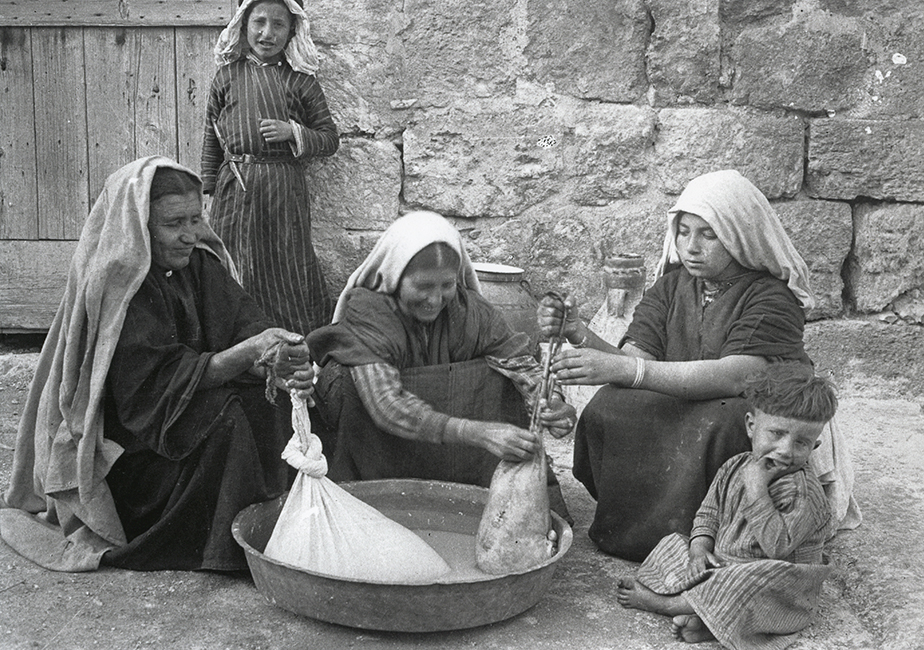 Palestinian women making yogurt, 1936
Palestinian women making yogurt, 1936 Palestinians picking olives, 1936
Palestinians picking olives, 1936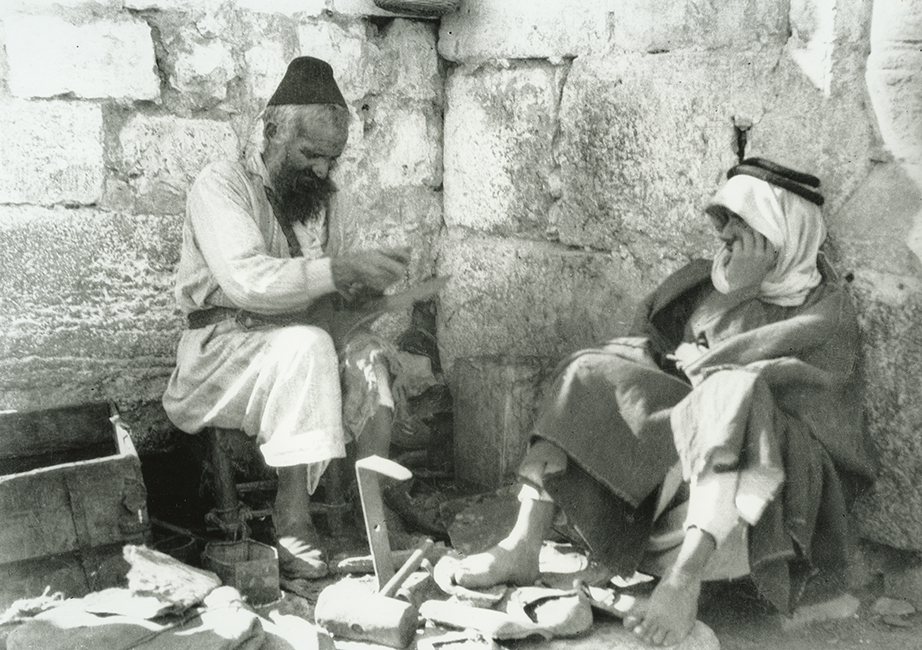 Jewish shoe mender, 1935
Jewish shoe mender, 1935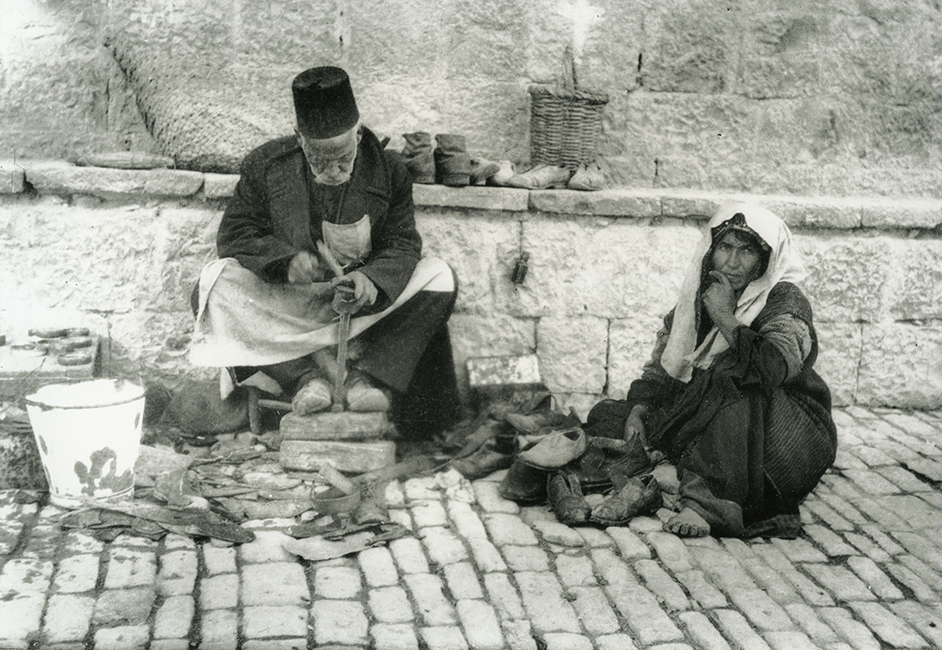 Armenian shoe mender, 1935
Armenian shoe mender, 1935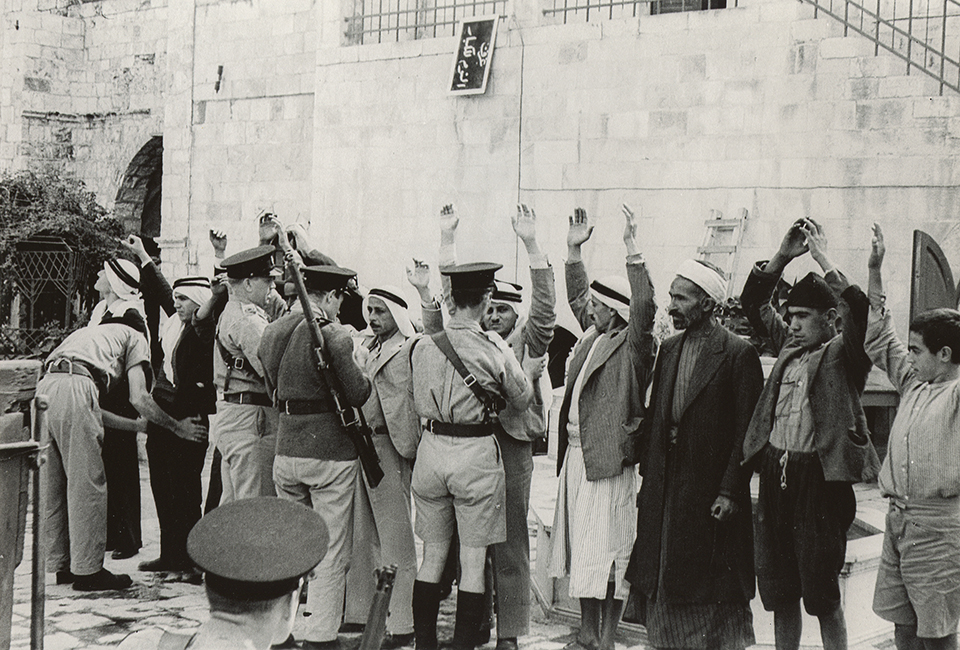 British policemen frisking Palestinians, 1936
British policemen frisking Palestinians, 1936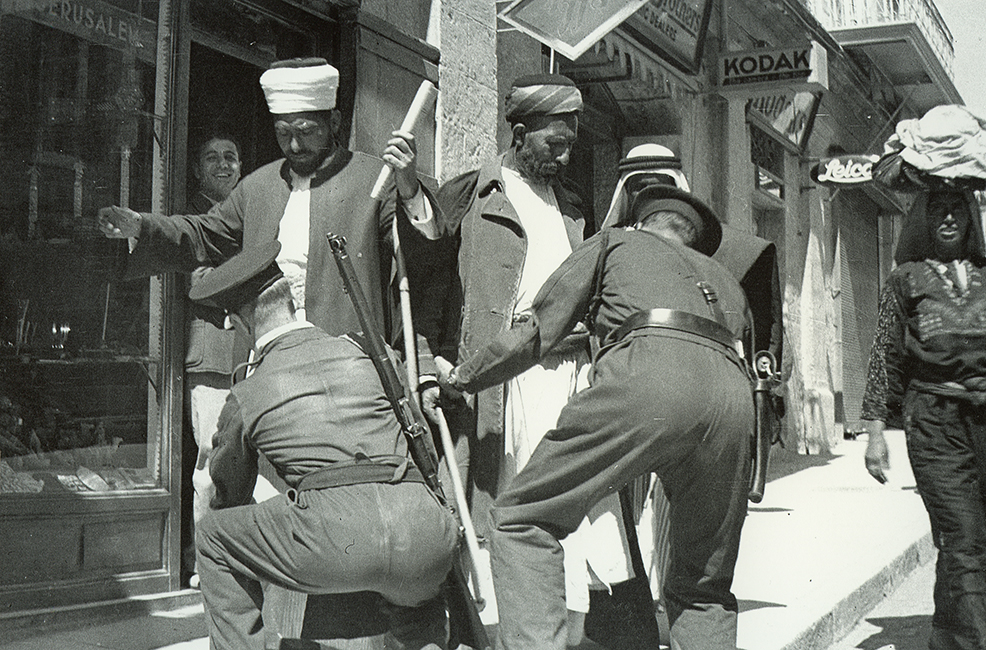 British policemen frisking Palestinians, 1936
British policemen frisking Palestinians, 1936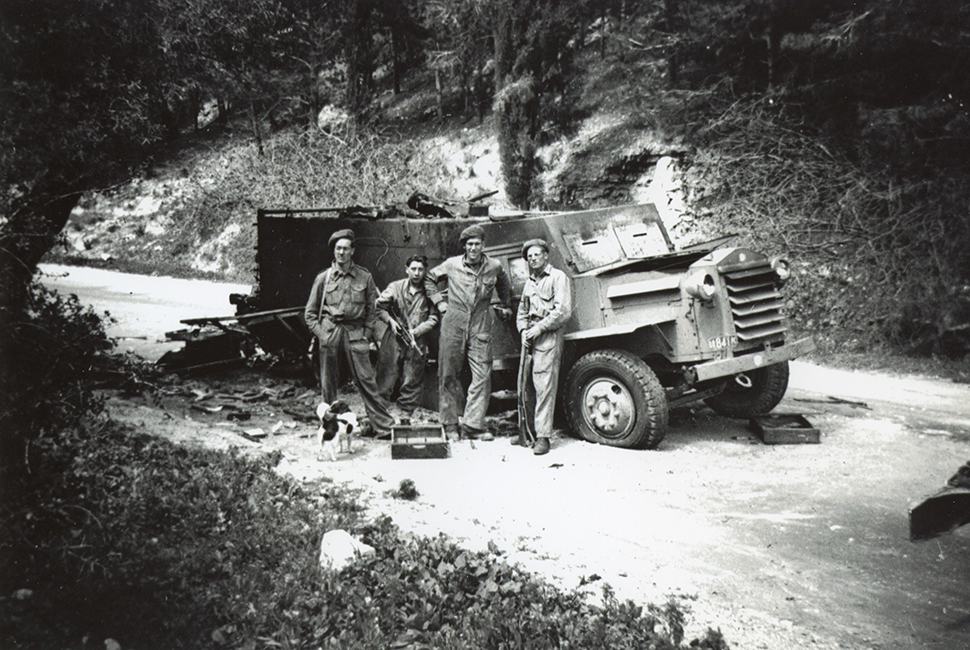 After the Battle of Ba'b El-wad, 1947
After the Battle of Ba'b El-wad, 1947 Palestinian fighters, 1947
Palestinian fighters, 1947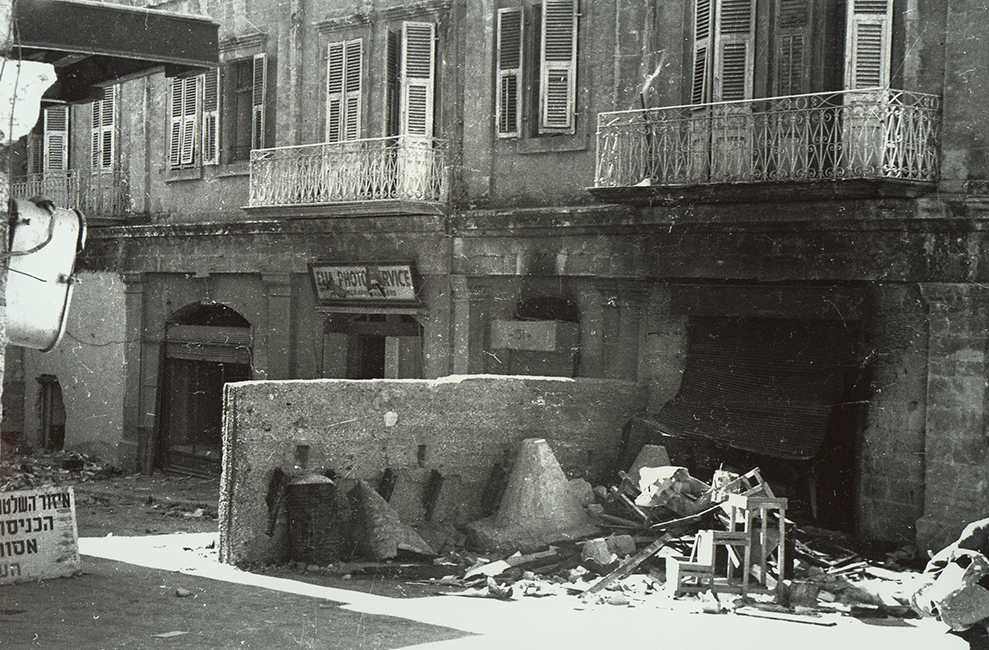 The frontier. Elia Kahvedjian's studio in ruins, 1948
The frontier. Elia Kahvedjian's studio in ruins, 1948
Tap On Photo To Proceed
CONTEXT
View Photo Index
Elia Kahvedjian: 1910—1999
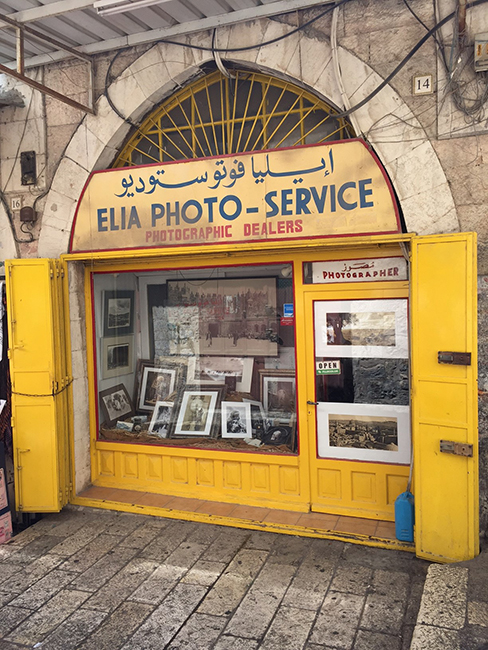
Storefront in the Christian Quarter, East Jerusalem, 2017. Photo by Joseph Malikian
Elia Kahvedjian’s photographic compositions of Jerusalem and its environs before 1948 document the life and times of a culturally and socially rich era in Palestinian history. These candid images of the Palestinians, their historic landmarks, and scenic landscapes document and reveal a time and a place comprised of diverse ethnic and religious communities that coexisted in relative peace and tranquility. In contrast to Kahvedjian’s earlier images of Palestine dating back to 1924, his photographs of the 1948 war between the Arabs and the Jews reveal a darker side of a land that continues to experience conflict and strife.
As a survivor of the Armenian Genocide of 1915, Elie Kahvedjian’s life is a testament to a resilient will that endured the many traumas associated with ethnic cleansing, deportation, massacres, and loss. Kahvedjian was born in Ourfa, Turkey in 1910 and at the start of the Genocide in 1915 he was prematurely separated from his family. Following a series of harrowing events, he was placed in an orphanage run by the American Near East Relief in Nazareth, Palestine. Recognized for his artistic talents at the orphanage, Kahvedjian was invited to study photography under the direction of Krikor Boghosian.
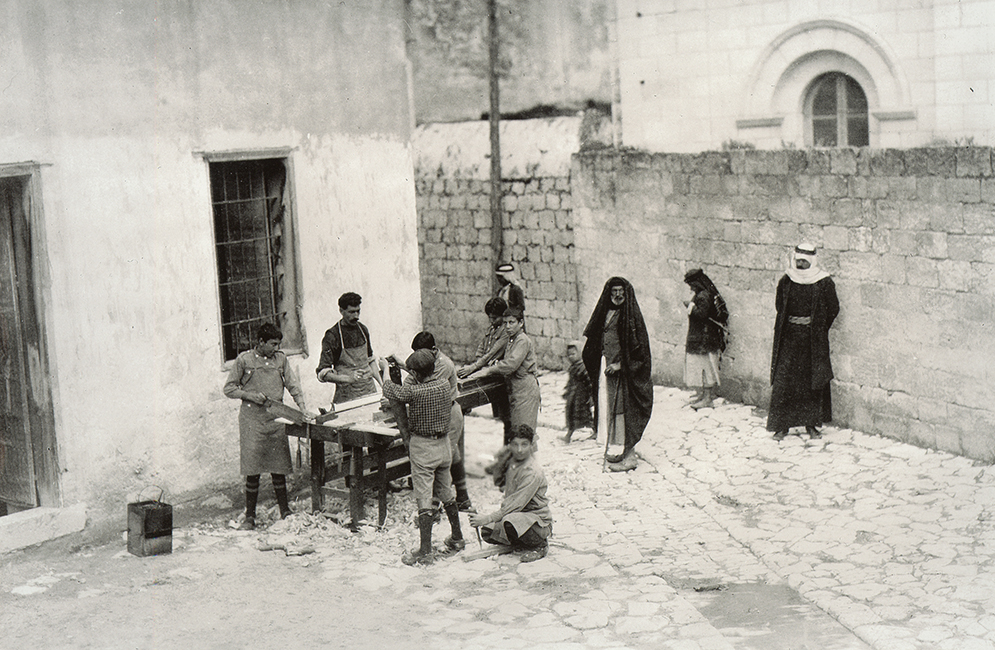
Carpentry shop of the Near East Relief orphange in Nazareth, Palestine, ca. 1920 (Courtesy of the Near East Foundation)

Bible studies at the Near East Relief orphanage in Nazareth, Palestine, ca. 1920 (Courtesy of the Near East Foundation)
Kahvedjian’s interest and fascination with photography led him to Jerusalem at the age of 14 where he worked for the prestigious Hanania photographic studio. In 1942, he took over the Hanania studio and established “Elia Photo-Service” which was regarded as one of the renowned Armenian studios in Jerusalem. Since the introduction of the first photographic workshop and studio in 1858 by the Armenian Patriarch of Jerusalem, Palestinian Armenians pioneered and dominated the industry until the outbreak of war in 1948.
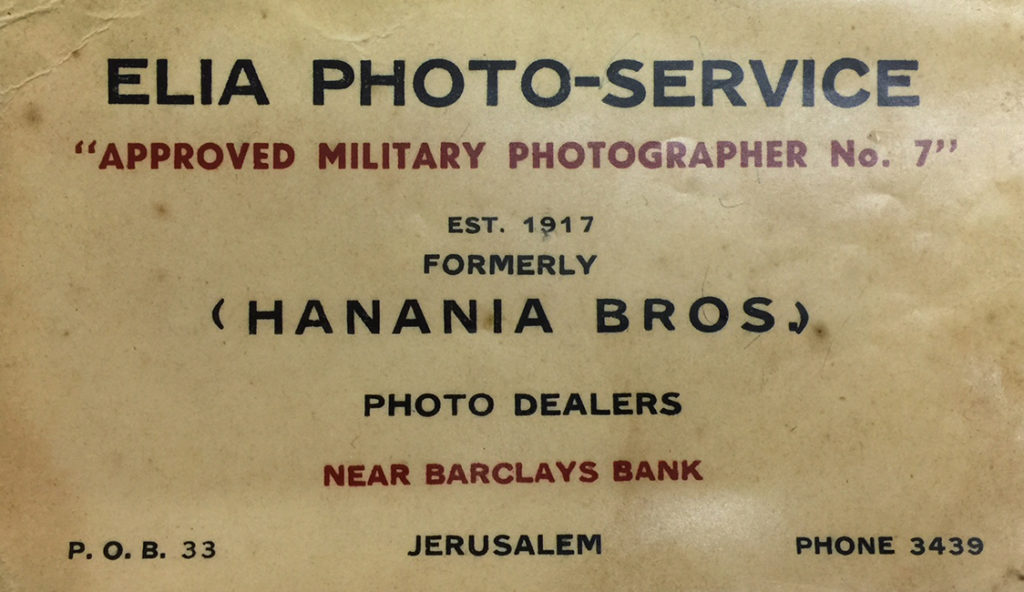
Elia Kahvedjian’s business card after acquiring the Hanania studio in 1942, and during the years he worked as a military photographer for the British army
In reflecting on the life of Elia Kahvedjian, Roberta Erving notes:
When he finally came to live in Jerusalem, Elia brought with him an eye already trained to see. It was an outsider’s eye, an eye with no agenda beyond the pure delight of seeing what is there. When he put that eye behind a camera, it captured Jerusalem’s reality just as it appeared to a young man from Ourfa, captured the essence of the ordinary, the depth in what was simply everyday Jerusalem. A truly invisible photographer, he let his pictures speak for themselves. They were an avocation, a personal collection.
Kahvedjian, Kevork. Jerusalem Through My Father’s Eyes.
Jerusalem: Elia Photo Service, 1999.
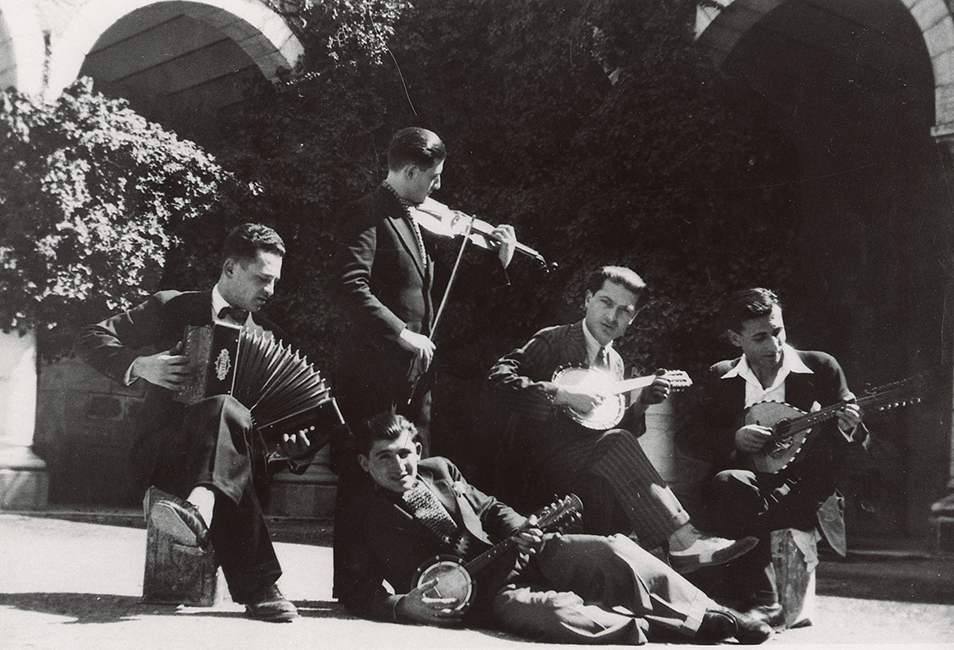
Elia Kahvedjian playing the banjo, ca. 1935
Kahvedjian’s documentary photography taken during the British Mandate period is undoubtedly an important visual representation of Palestine before 1948. From the portrait studios he worked for to the ones that he established, Kahvedjian periodically ventured out of the studio to capture images of Palestine and its inhabitants. Today, these images are regarded as a treasure trove of a lost but not forgotten homeland. They document the memorable times of a land and its people that have been plagued by loss, conflict, and a lack of resolve since 1948. Forewarned in 1948 by a British army officer of impending war between the Arabs and the Jews, Kahvedjian packed his photos and negatives and placed them in storage before leaving Jerusalem during the war. He returned in 1949 to establish a shop in the Christian Quarter which is currently run by his son, Kevork, and his grandson, Elie. Thus, two generations later the legacy of Elia Kahvedjian and the photographs he left behind live on.
Miraculously, some 1,400 negatives which were packed away and placed in storage prior to the war in 1948 were discovered in 1987 by Kahvedjian’s son who took on the labor intensive task of cataloguing and printing them. In 1999, Kevork Kahvedjian compiled for publication a collection of his father’s most captivating images of Jerusalem and Palestine. This “labor of love,” as he notes, culminated in a book entitled, Jerusalem Through My Father’s Eyes.
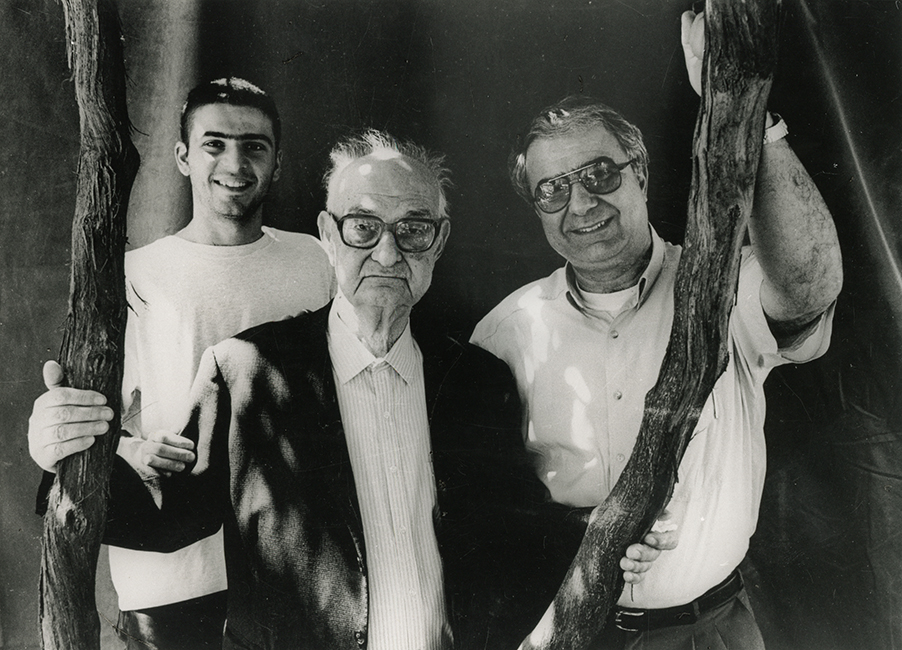
Three generations of the Kahvedjian family. Elia with his son, Kevork, and grandson, Roupen, 1998. Photo by Elie Kahvedjian
Copyright of images in this exhibition remains with Elia Photo Service and may not be reproduced without permission of the Kahvedjian family.



